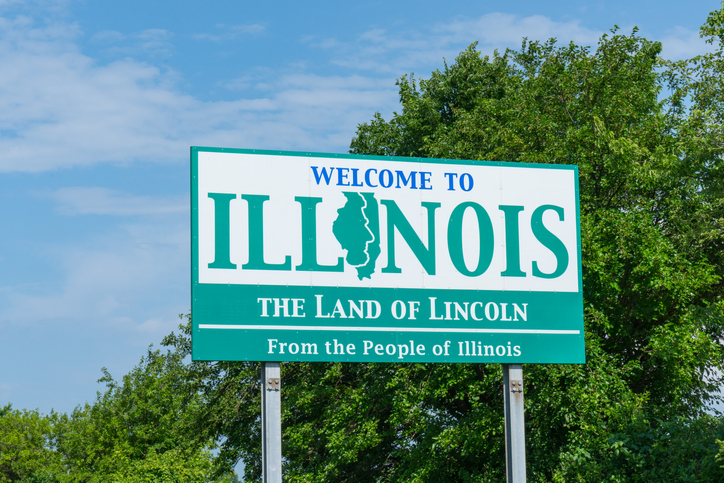US Can Fuel Mexico’s Energy Needs
A recent Houston Chronicle op-ed by Mike Howard, CEO of Howard Energy Partners, draws much-needed attention to the United States’ thriving energy industry. Howard points out that the rise of the US as the world’s “largest producer and growing exporter of natural gas puts energy at the center of its trade negotiations.” In fact, the US Energy Information Administration (EIA) predicts the US LNG export capacity to more than double by the end of the year.
Howard describes energy supply and demand trends over the past decade that have driven midstream companies’ business in Texas, which have become increasingly tied to locations along and across our southern border. He advocates for continued investment in our critical energy infrastructure, writing “This experience has taught me the importance of developing natural gas infrastructure along the border, and why it’s so important Washington update its policies to make future development easier.” Howard describes the 200-mile Nueva Era natural gas pipeline his company helped build from South Texas to Monterrey. The pipeline provides a direct connection and a whole new market for natural gas, as Howard writes:
The pipeline’s completion in June 2018 completely changed the flow of gas along a portion the U.S.-Mexico border by transporting over half a billion cubic feet of natural gas per day to Mexico. This is enough gas transported every day to generate electricity for over 12,000 homes for an entire year.
Mexico’s natural gas production has been declining since 2010, and the country has become highly dependent on imports from Texas. Natural gas is cleaner, more reliable on an industrial scale and more affordable than the existing energy sources used in Mexico. Mexico imports over five billion cubic feet of natural gas per day from the U.S., up from almost two billion cubic feet per day in 2012. With growing demand from new power plants and factories, that figure is expected to increase to nearly 10 billion cubic feet per day by 2028.
Howard points out that in order to meet this growing demand, Mexico has invested nearly $10 billion to install nearly 3,000 miles of natural gas pipelines since 2014, but many have faced long delays. Howard concludes the op-ed highlighting the benefits of a unique institution like the North American Development Bank (NADB) that could help fund midstream infrastructure projects along the border that will support jobs and economic development. HR 132 and SR 267 would allow the NADB to fund natural gas-related projects, which would “enhance cross-border energy distribution and energy security” between the two countries. Further investment in this infrastructure provides a great opportunity to improve quality of life and benefit populations on both sides of the border.

